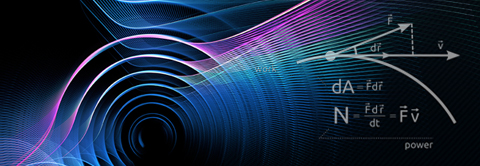Superconducting Quantum Interference Devices for Precision Detection
2016.03.30 18:17
| 날짜 | 2016-04-06 15:30 |
|---|---|
| 연사 | |
| 장소 | E6-2, RM #1323 |
Superconducting Quantum Interference Devices for Precision Detection
Dr. Andrei Matlashov (Los Alamos National Laboratory)
April 6, 2016 (Wed), 3:30 PM
E6-2, RM #1323
Abstract:
Superconducting weak-link junctions and Quantum Interference Devices have been invented 50 years ago. This invention has prompted some interesting quantum physics, but the most significantly SQUIDs have brought a break-through to the field of experimental physics in building practical instruments with signal resolution close to the theoretical limit. This development has fundamentally changed experimental physics and precision instrumentation.
The first immediate consequence of invention of SQUID-based instrumentation was the appearance of Biomagnetism – a research field associated with measurements of extremely weak magnetic fields of biological origin, such as magneto-cardiography or MCG and magneto-encephalography or MEG. SQUID technology has significantly improved signal resolution in multiple areas of research, which had notable effects in the fields of biology, chemistry, astronomy, many applied engineering areas, and experimental physics, including elementary particle physics and axions search.
In this presentation, I will briefly review my more than 30 years of experience working in development of SQUID-based instrumentation in various fields of application. It includes Biomagnetism, non-destructive evaluation, ultra-low field magnetic resonance imaging, explosive detection, and magnetic relaxometry with nano-markers. I will also discuss SQUID applications in experimental physics including elementary particle physics.







